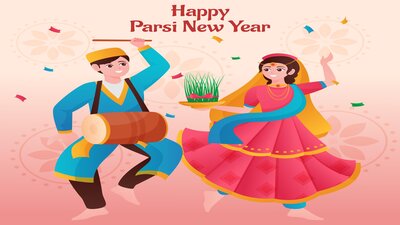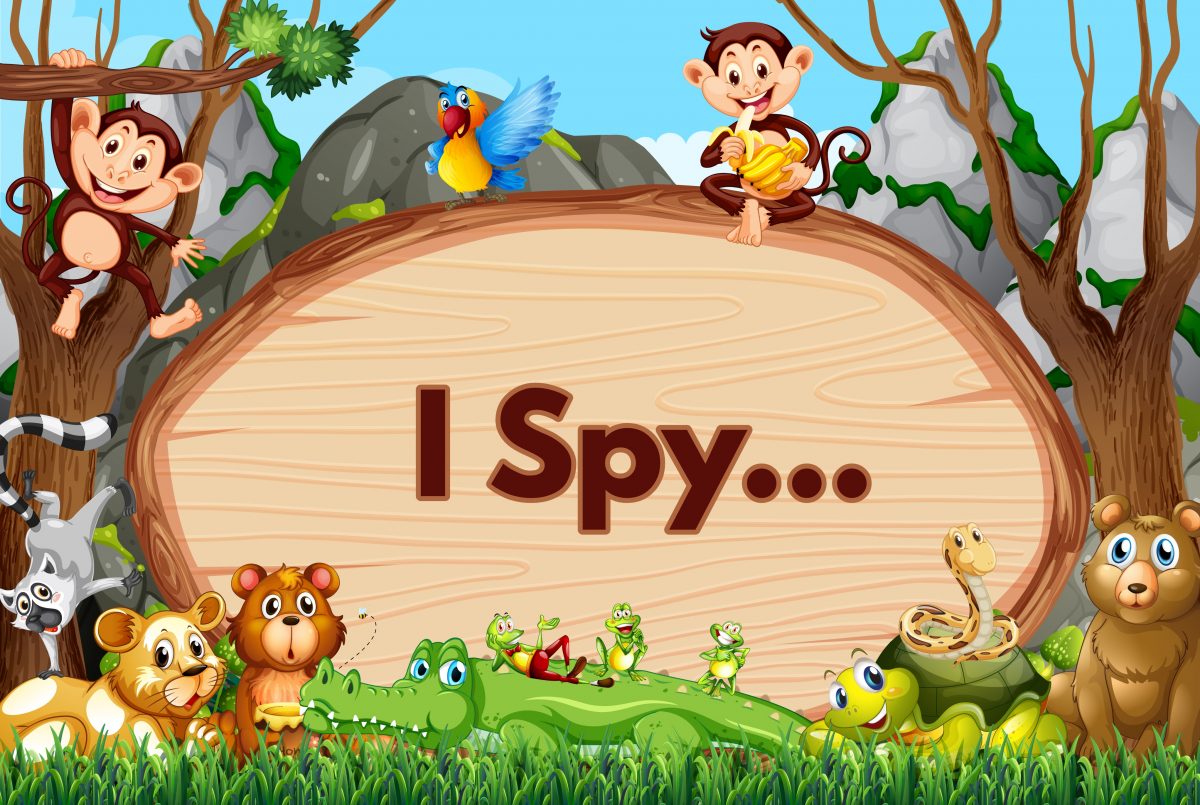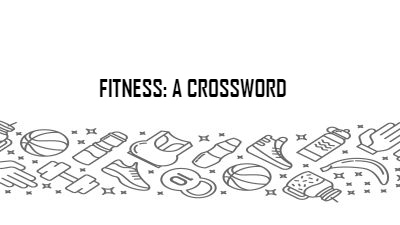The story so far: Hanuman and Nala are visiting Sampati and Jatayu and hear about how Jatayu flew dangerously high.
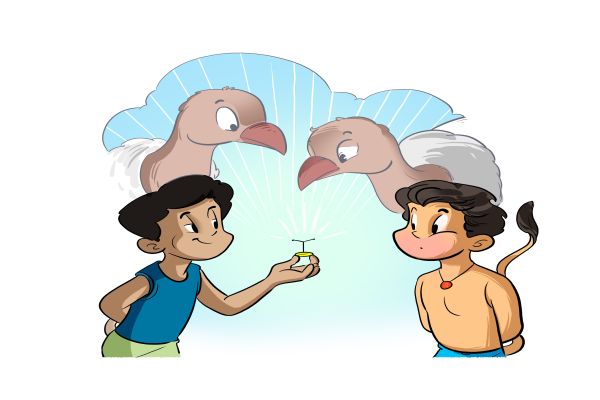
Hanuman is enjoying rare and delicious fruits at Sampati’s palace.
Hanuman: This is great, but I am curious to know how Sampati’s wings got burnt.
Nala: I know the Science, but hearing it from Sampati will make us understand it better.
Hanuman: Why don’t you try to explain it?
Nala: My father Vishwakarma says that it is always better to learn from someone who has done or experienced things practically or in real-time because a normal teacher might not give as many details. For instance, there is a difference when you learn about the creation of the universe from Brahma himself than from anyone else.
Hanuman: Looks like teaching itself is a separate artf orm.
Nala: Absolutely. Let’s ask Sampati.
Sampati is busy experimenting with something. Hanuman is awestruck.
Hanuman: Is he floating?
Sampati: Yes, I am. You don’t always need wings to fly. If you have the knowledge, you can fly in different ways. This is one such technique.
Hanuman: What is this technique?
Nala: Magnetism, Hanuman. This is natural magnetism and there is an advanced technique called Electromagnetism, used by Sukracharya and Mayasura in their flights.
Hanuman: I have always wondered about magnets, but no one ever explained it to me. What is a magnet and how does it attract? Why aren’t any other stones magnets and why don’t they attract?
Jatayu: I never thought about all this even though I play a lot with magnets
Sampati: Me neither.
Nala: I never thought about all this. Let’s get our doubts cleared.
Hanuman: Who will give us the answers?
Nala: My father. He knows all about magnetism and electromagnetism.
Hanuman: But, how will you speak to him? Isn’t he in Brahmaloka?
Nala: The question itself has part of answer. I will speak with him through electromagnetic waves.
Nala opens the locket he is wearing. A T-shaped item opens up; it is like a modern antenna. He touches it to his forehead. In a few seconds, he smiles and removes the locket.
Nala: Got it. Now, to answer your questions.
Jatayu and Sampati are also curious.
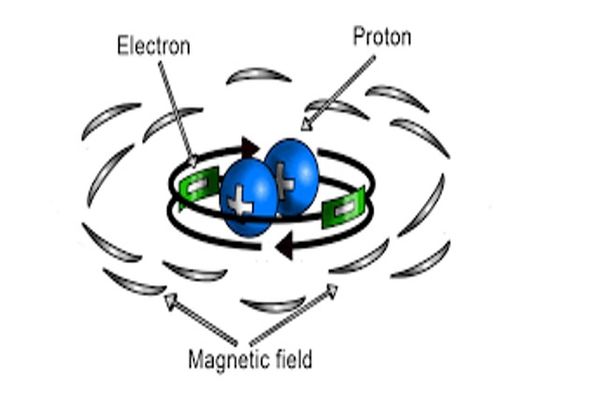
Nala: A magnet is made of atoms just like other objects, but something makes it special. All atoms have tiny units called electrons, which spin and go around an atom at great speed. The electrons of usual materials spin in random directions, and their momentum and energy are cancelled out. However, for a magnet, all the electrons align and spin in the same direction. In fact, there are claims that, along with electrons, neutrons also produce this magnetic effect by spinning in the same direction with electrons.
Hanuman: So, how is that only certain metals get attracted to a magnet?
Nala: Some elements in the periodic table have a half-filled or partially filled outer shell, like magnesium, iron, copper etc. These are called ferromagnetic materials. When exposed to this magnetic field, the electrons in these materials begin to align their electrons with the flow of the magnet’s electrons. This is what gives them the magnetic property. There are also elements like chromium, which have anti-ferromagnetic properties.
Hanuman: It sounds simple but seems quite complicated. I am going to need more explanations. But not today.
Nala (laughs): That’s why all this is called Quantum Physics.
(To be continued)
Based on the story, try your hand at these multiple choice questions and see how much you have learnt.

